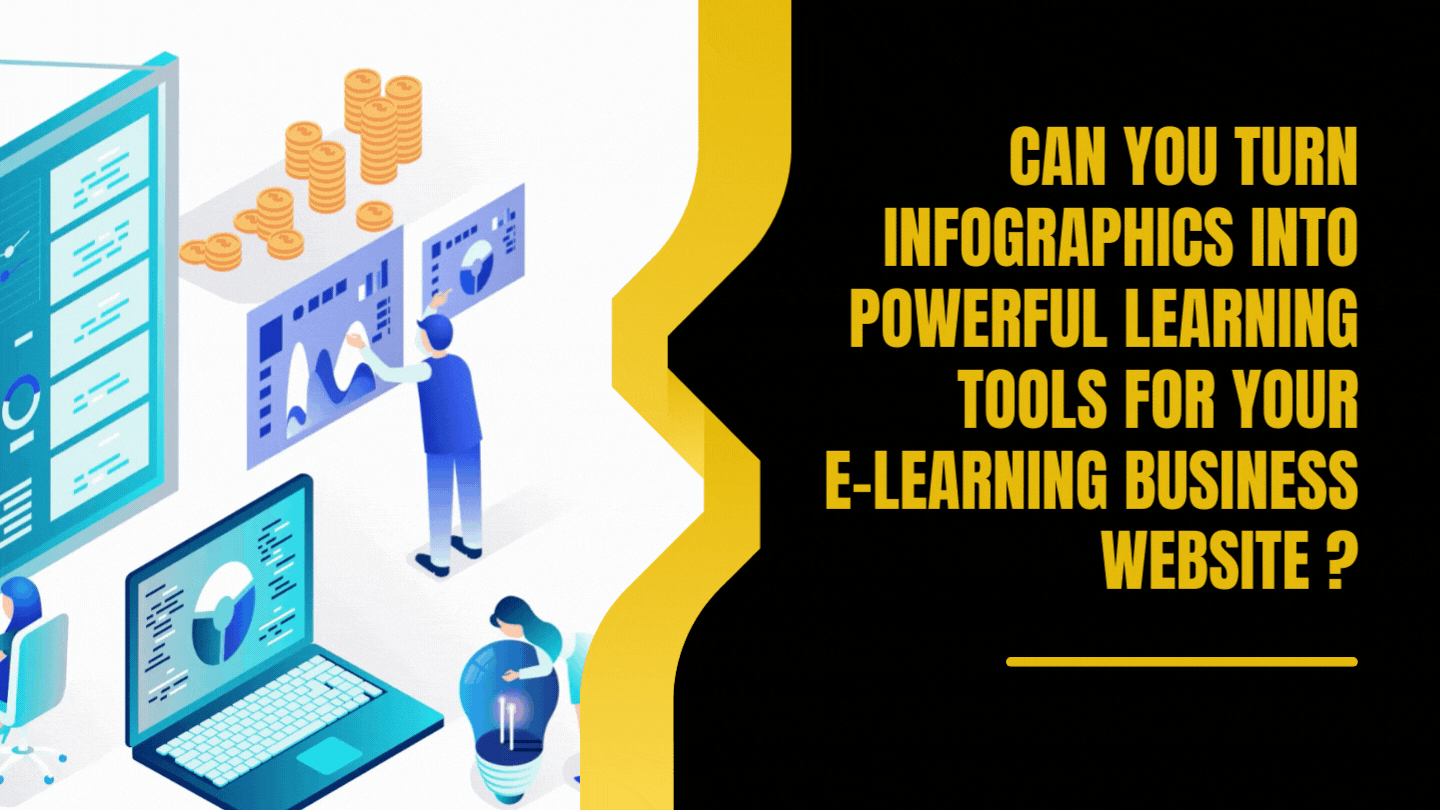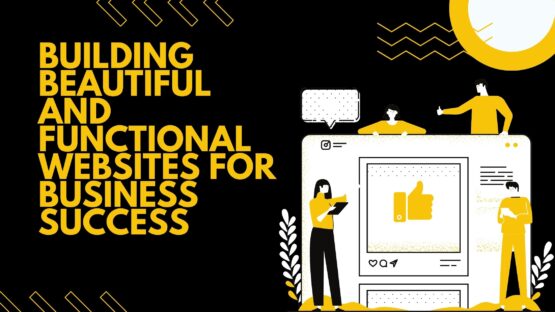Infographics have already gained a prominent place in the digital marketing world because of their immense power to draw in targeted traffic from powerful search engines. But do you think that their effectiveness ends in that specific zone?
Well, the answer’s “negative.” Their effectiveness goes beyond the realms of online marketing. Apart from online marketing, they also play a significant role in e-learning where visual information is conveyed easily and effectively to consumers via infographics.
Compared to textual information, visual information is engaging and easily comprehensible. Hence, the demand of infographics is always on the rise especially in the field of customer awareness and education. So how can infographics be used as a powerful learning tool? Here’s what a Columbia SC Web Developer and Designer thinks.

Let’s see.
- Infographics are more engaging
It almost goes without saying; isn’t it? We have already said this before that visual information is more engaging and thought provocative than simple text.
- Infographics help to simplify statistics

Statistics are considered a real source of headache by many students. That’s because most fail to imagine them visually from textual references.
Infographics simplify this situation effectively.
- They help to visualize historical timelines
Whether it’s a brief timeline for history or a step-by-step scientific solution to a specific problem, infographics got you covered.
Infographics can be your ace in the hole to keep the boredom of history classes at bay.
- Aid in summarizing information on a single page
This benefit of infographics gets their worth off the charts. All the significant things to learn will be on a single page. Isn’t that convenient? Of course, it is.

So, you see infographics can definitely bring a positive change for your business. But at the same time, you must know the right way to use infographics in education. Let’s see the ways through which you can turn an infographic into a powerful learning tool.
- The first and the foremost thing to do is to choose the right infographic
Isn’t it obvious? You can’t use a biological diagram-based infographic to teach light to the students; can you? You need to use one that’s apt for the job.
In a general sense, try and use the infographics that incorporate a lot of graphics in them. That’s because such visual strips of information encourage students to think and analyze on their own. The more, the merrier.
And also ensure that your infographic content is verified and credible enough before presenting it to the students.
- Make sure your students know what infographics are
You cannot implement a learning tool properly in your class unless your students have an idea as to how the thing works.
Tell them what infographics are. Tell them what those visual chunks of information mean; tell them the ways to analyze a piece. That’ll make your task easier.
- Give students full freedom to analyze the infographics on their own
You can do it in groups. Put your students in groups of two and ask them to note down the points that they think the infographic conveys to them.
Ask them open-ended questions like:
- Do you see a sudden shift in the data represented by the graphics?
- What’s the possible conclusion?
- What’s the perspective of the designer who created the graphics?
- Debrief together
After getting individual views in groups, it’s time to discuss the entire thing as a whole. Start a classroom discussion based on the differences and similarities between the findings of each individual group.
By pursuing these methods, you’ll ignite the learning passion in students more than the traditional textual methods. These are more effective and productive at the same time.
- Take their opinions
This tactic plays a vital role in education because it helps to boost the students’ self-confidence. By taking their opinions, you are giving them the sense of priority they require to build up their self-confidence.
Ask your students whether the designer was right in every aspect of the design. Ask them the possible scopes of further modifications for the betterment of the graphics.
You’ll be surprised to see the positive effects of these questions on your students.
- Evaluate
Last but not the least; evaluation’s the final step to close the lesson in the best possible way. Ask your students to write individual essays based on information conveyed by the infographic.
By implementing this tactic, you’ll get different perspective-based analysis in your hands in a jiffy. You’ll come to know the things they have learnt individually.

Utilize these tactics above as closely as possible and you’ll see the benefits in no time. With that, we’ll bring this article to an end. Hope you had a good read.




